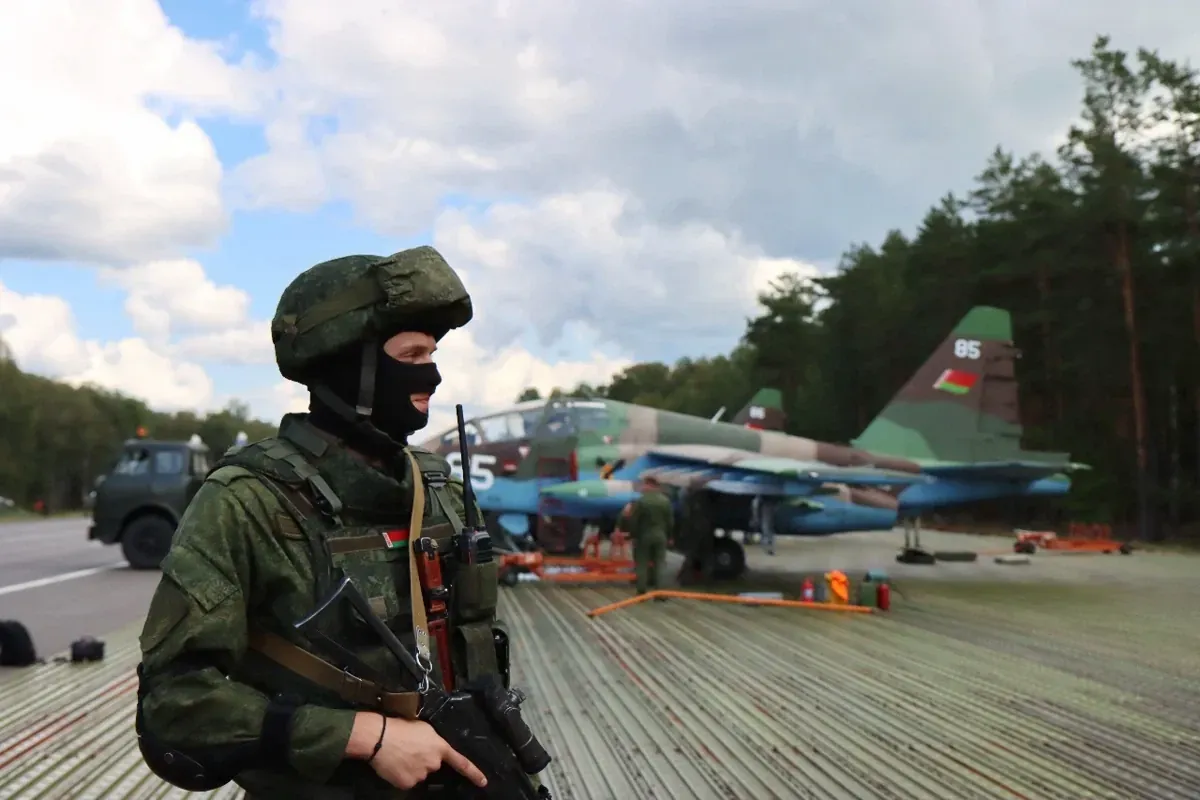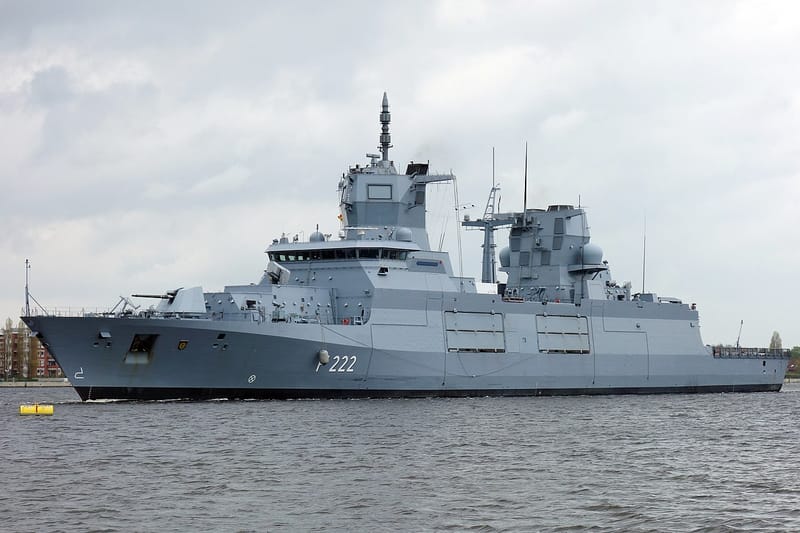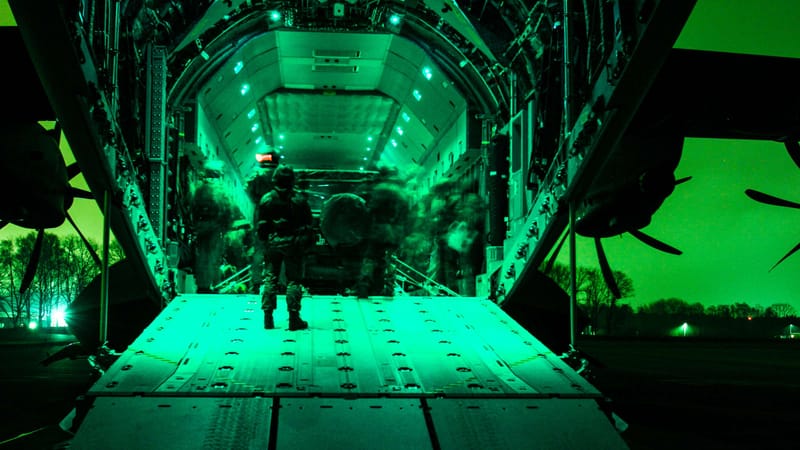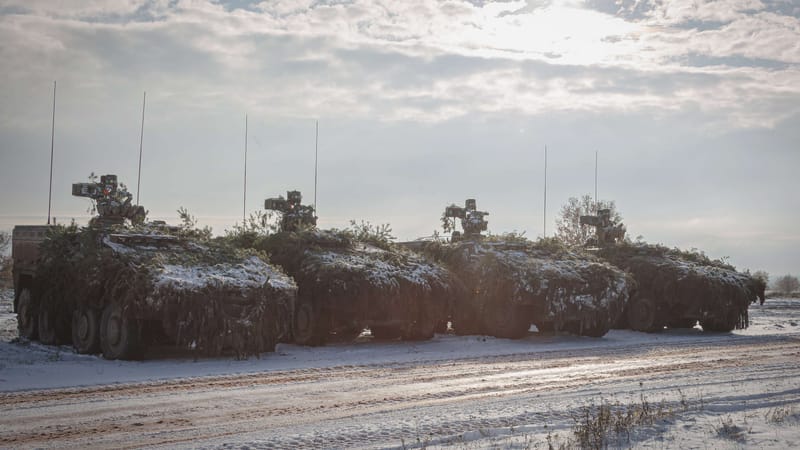CSTO Launches Planning for “Brotherhood in Arms - 2025” Military Exercises in Belarus
CSTO launches Minsk-based staff-level planning in Minsk for its “Боевое братство – 2025” (Brotherhood in Arms – 2025) joint military exercise cycle, focusing on regional force readiness and coordination across collective security zones.

From April 1–3, 2025, the Unified Staff of the Collective Security Treaty Organization (CSTO) hosted its first round of staff negotiations for the upcoming “Brotherhood in Arms – 2025” (Боевое братство – 2025) joint operational-strategic exercises. The meetings were held under the direction of Lieutenant General Hasan Kaloev, First Deputy Chief of the CSTO Unified Staff.
Delegations from the defense ministries and military command structures of Belarus, Russia, Kazakhstan, Kyrgyzstan, and Tajikistan, along with representatives from the CSTO Secretariat and the CIS Anti-Terrorism Center, participated in the initial coordination to review preliminary planning parameters. These included exercise phasing, regional deployment plans, force composition, and coordination between command elements.
"Brotherhood in Arms – 2025" Exercise Cycle: Structure, CSTO Regions and Focus Areas
The “Brotherhood in Arms – 2025” (Боевое братство – 2025) joint exercise cycle will take place in September and October 2025, spanning the CSTO’s Eastern European and Central Asian collective security regions.
The series is structured around a rotational training calendar, a concept promoted in CSTO planning materials as part of a broader Eurasian military integration strategy.
The objective is to enhance strategic readiness and crisis response capabilities across varied threat environments, with coordinated multinational participation and cross-domain interoperability.
Sub-Exercises Scheduled:
- Interaction-2025: Collective Rapid Reaction Force exercise scheduled in Belarus from September 1 to 6, 2025.
- Search-2025: Intelligence and reconnaissance coordination exercise also planned in Belarus during the same period, September 1 to 6, 2025.
- Echelon-2025: Logistics and sustainment operations exercise set to take place in Belarus from September 1 to 6, 2025.
- Rubezh-2025: Rapid deployment readiness exercise planned in Kyrgyzstan from September 17 to 20, 2025.
- Indestructible Brotherhood-2025: Peacekeeping coordination exercise scheduled in Tajikistan from October 14 to 24, 2025.
- Barrier-2025: Radiological, chemical, biological defense, and medical support exercise to be held in Tajikistan from October 14 to 24, 2025.
- Commonwealth-Antiterror-2025: Regional counter-terrorist operations within the CIS framework; specific dates and locations have not been publicly disclosed as of now.
Planning documents also reference the potential inclusion of international observers and non-member state representatives, though further details and participation remain unconfirmed. This aligns with CSTO’s broader strategy of normative signaling and outward engagement, often framed as promoting transparency and interoperability benchmarking. However, in past exercises, actual foreign involvement has been limited.
Organizational Focus: Doctrine, C2 Integration, and Cross-Ministerial Coordination
Beyond tactical rehearsal, the CSTO exercises aim to advance doctrinal alignment, interagency integration, and command-and-control cohesion between member states. Topics discussed included:
- Composition of national and collective command elements
- Deployment support by host nations
- Logistics and sustainment under joint command structures
- Use of training centers and research institutions for pre-deployment preparation
- Technical demonstration of new equipment and platforms
The exercise cycle is developed according to the CSTO’s Council of Defense Ministers and Security Council Secretaries' Committee—reflecting both operational and policy-level synchronization.
This exercise preparation cycle also plays into the broader picture of CSTO’s evolving role in balancing asymmetric threats — notably terrorism, regional instability, and crisis response scenarios — especially across volatile border zones and geopolitical buffer regions.
While these planning efforts reflect ongoing military standardization, real-world coordination effectiveness varies across CSTO missions. Despite standardized planning, CSTO’s cohesion has faced strain in recent years, with divergent national interests at times limiting unified responses—as seen during the Armenia–Azerbaijan tensions and the limited engagement of some members in past exercises.
Related stories on Großwald: Other regional forces are also shifting toward scalable, integrated readiness concepts, as described in our article on “Germany’s Panzerbrigade 21 Adopts New Doctrine, Integrates into Medium Force Framework”

Thematic Integration with Other Regional Doctrines and Parallel Military Activity
Notably, the September CSTO drills in Belarus will be closely synchronized with “Zapad-2025”, a separate bilateral strategic exercise between Belarus and Russia. This reflects a pattern of parallel structuring seen in recent years, where CSTO-wide exercises run alongside national or bilateral drills to maximize logistical overlap and doctrinal consistency.
This integrated planning model has been observed in both CSTO and NATO contexts, though it reflects structural differences in decision-making processes, membership cohesion, and force interoperability priorities.
Similar background dynamics: Multilateral exercises increasingly emphasize communications and data integration as core capabilities, as seen in “Linking the Frontline: NATO’s Push for Interoperable Tactical Data Links in Eastern Europe”
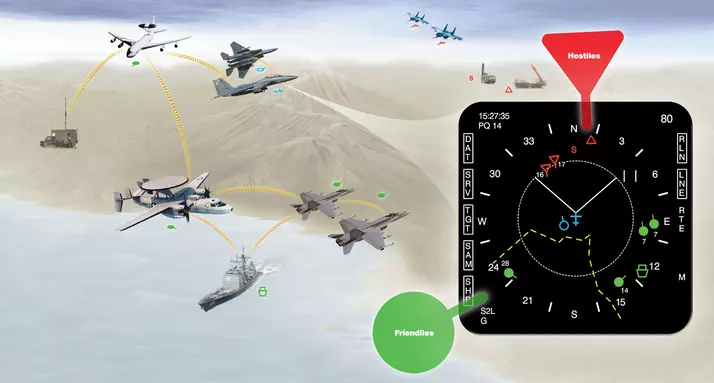
Conclusion: Operational Planning Advances, Strategic Posture Evolves
The “Brotherhood in Arms – 2025” exercise cycle continues CSTO’s tradition of joint operational rehearsal across member states. The planning protocols signed this month formalize coordination mechanisms, with detailed operational tasks to be developed in follow-on staff meetings throughout 2025.
While public reporting emphasizes operational cohesion and preparedness, the degree to which these exercises contribute to long-term interoperability or deterrence effectiveness varies case by case, often shaped by regional developments and bilateral dynamics.
CSTO planning documents suggest a trajectory of gradual but cumulative convergence in Eurasian security integration — not only among member states but with external actors in observer roles. The inclusion of academic institutions and training centers in planning may indicate a broader trend toward doctrinal standardization across CSTO training and planning infrastructure.
Related Coverage on Großwald:
“Belarus Nears Completion of Oreshnik Medium-Range Missile Launch Pads” – Context on regional deployment infrastructure tied to joint exercises.

“Geopolitics and Arctic Shipping Lanes: NATO, China, Russia” – Strategic posture shifts extend beyond regional theaters.

“Iran and Belarus Expand Defense Ties” – Shows the growing CSTO-member alignments with regional non-bloc actors.


